Accreditation ▼
Physicians: Educational Symposia is accredited by the Accreditation Council for Continuing Medical Education (ACCME) to provide continuing medical education for physicians.
Educational Symposia designates this enduring material for a maximum of 15.75 AMA PRA Category 1 Credit(s)TM. Physicians should claim only the credit commensurate with the extent of their participation in the activity.
All activity participants are required to take a written or online test in order to be awarded credit. All course participants will also have the opportunity to critically evaluate the program as it relates to practice relevance and educational objectives.
AMA PRA Category 1 Credit(s)TM for these programs may be claimed until February 28, 2023.
This CME activity was planned and produced by Educational Symposia, the leader in diagnostic imaging education since 1975.
This CME activity was planned and produced in accordance with the ACCME Essential Areas and Elements.
At the completion of this CME activity, subscribers should be able to:
- Discuss the most common benign and malignant well-differentiated lipomatous tumor.
- Describe the most useful immunohistochemical and molecular genetic tests in distinguishing soft tissue tumors with the most common patterns.
- Identify the recent WHO classification of renal cell carcinoma, including the distinction of cortical and medullary-based tumors.
- Recognize morphologic features that distinguish conventional and variant morphology of urothelial carcinoma.
- Understand how to diagnose endometrial hyperplasia and metaplasia.
- Distinguish between different subtypes of endometrial carcinoma, including the role of molecular testing.
- Differentiate gastroesophageal reflux disease from other types of esophageal injury.
- Recognize key features of celiac disease and other disorders that cause villous blunting.
- Discuss the utility of clinical and morphologic features and immunohistochemical stains in the differential diagnosis of hepatocellular mass lesions.
- Identify key clinical and laboratory features that allow specific diagnoses for medical liver biopsies exhibiting the acute and chronic hepatitis patterns of injury.
- List the key pathologic features of usual interstitial pneumonitis.
- Recognize key changes in diagnosis and therapy pertaining to lung pathology.
No special educational preparation is required for this CME activity
Topics/Speaker:
1. The Trouble with Fat Diagnostic Issues with Well-Differentiated Lipomatous Tumors
2. A Diagnostic Approach to the many Subtypes of Renal Cell Carcinoma
3. Patterns of Esophagitis
4. All You Ever Wanted to Know About UIP
5. Practical Approach to the Endometrial Biopsy I Endometrial Hyperplasia and Metaplasia
6. Hepatocellular Mass Lesions – New Aspects of Old Problems
7. Urothelial Carcinoma, Conventional versus Variant Morphology
8. IBD and its Mimics
9. Not Your Grandpas Thoracic Pathology Changes in Concepts, Diagnoses, Terminology, and Therapy in the last 10 years
10. Practical Approach to the Endometrial Biopsy II Endometrial Carcinoma
11. Controversies in Lung Pathology
12. Acute and Chronic Hepatitis
13. A Contemporary Approach to Prostate Adenocarcinoma, Including Poor Prognostic Factors
14. Common Morphologic Patterns of Soft Tissue Tumors
15. NASH and the Differential Diagnosis of Steatohepatitis
16. The Differential Diagnosis of Celiac Disease
17. Update on Endocervical Glandular Neoplasia
CME Release Date 2/28/2020
CME Expiration Date 2/28/2023

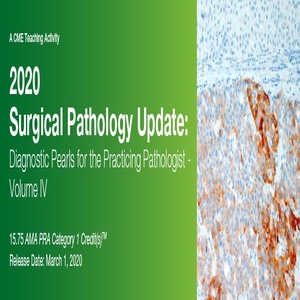
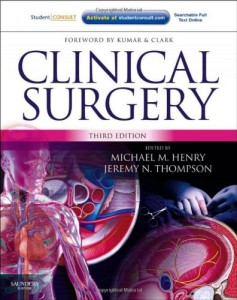



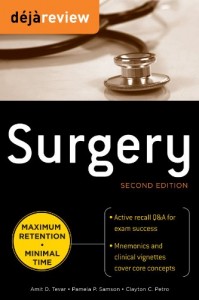
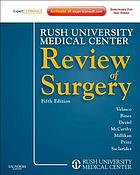
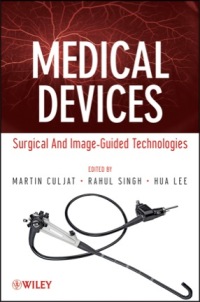
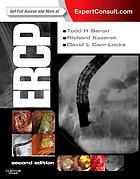
Reviews
There are no reviews yet.